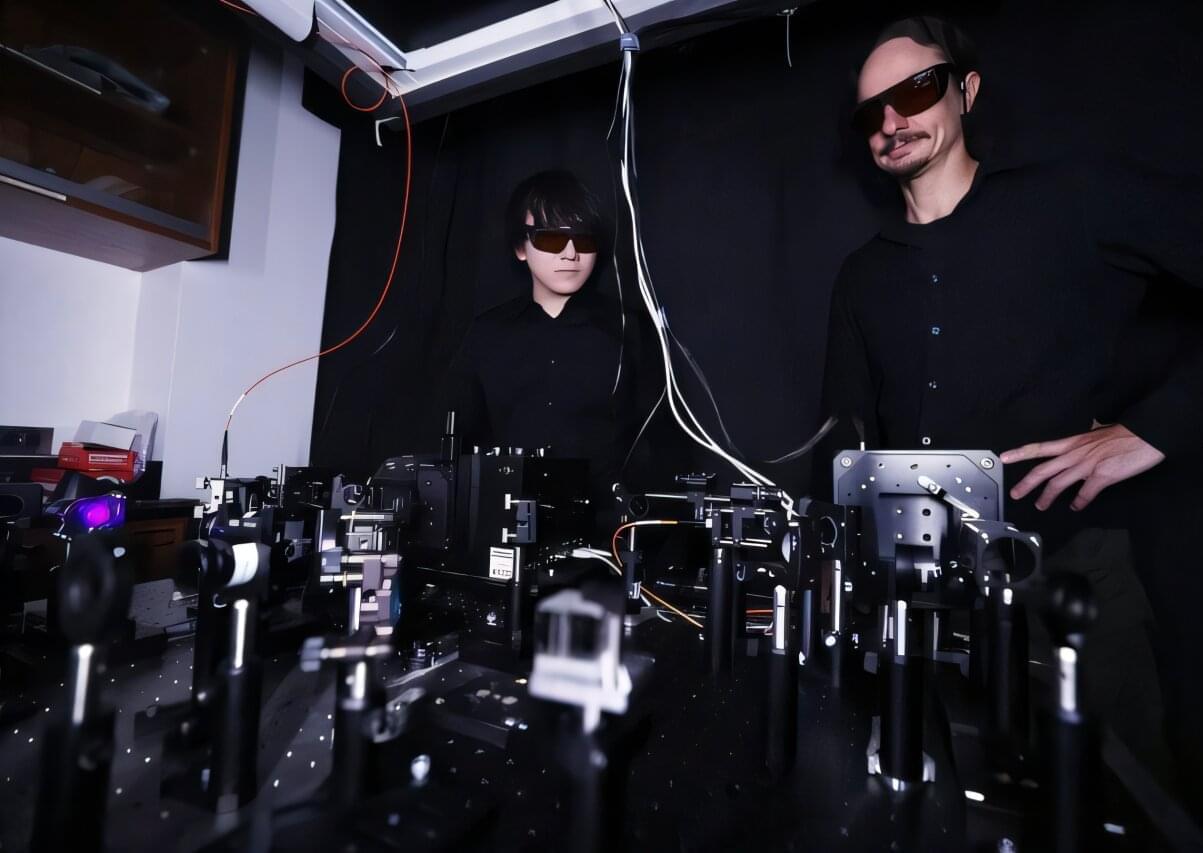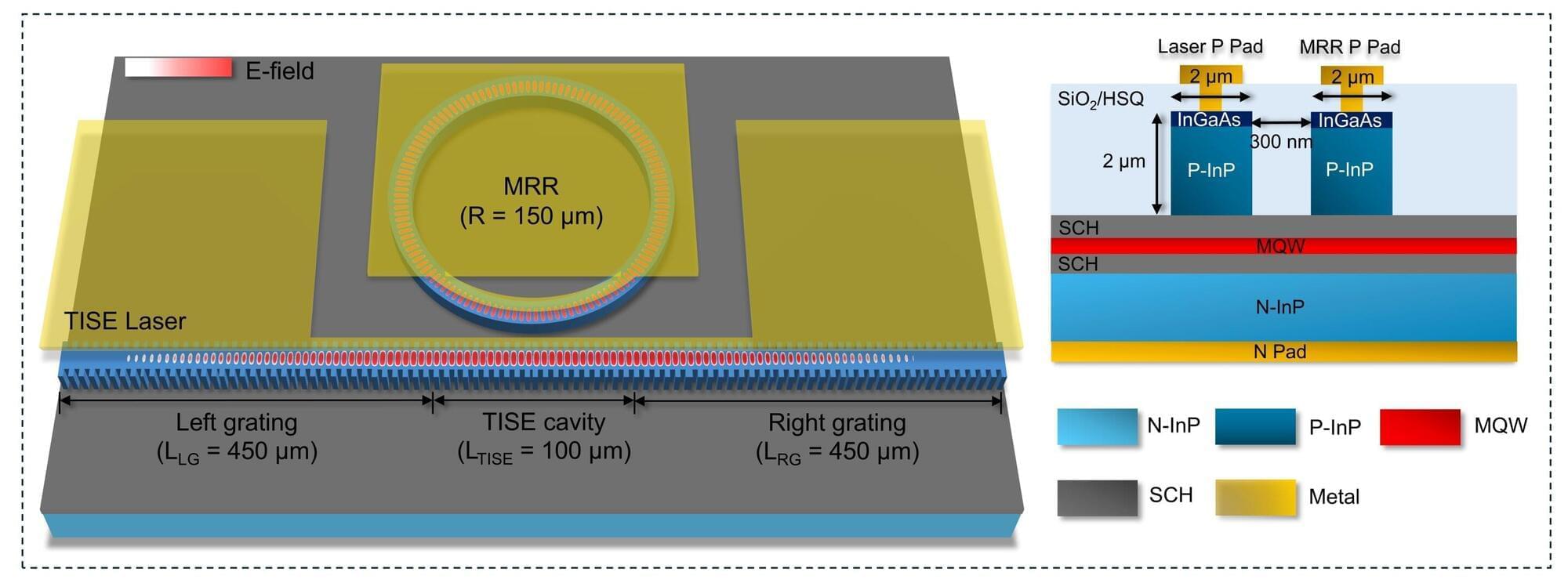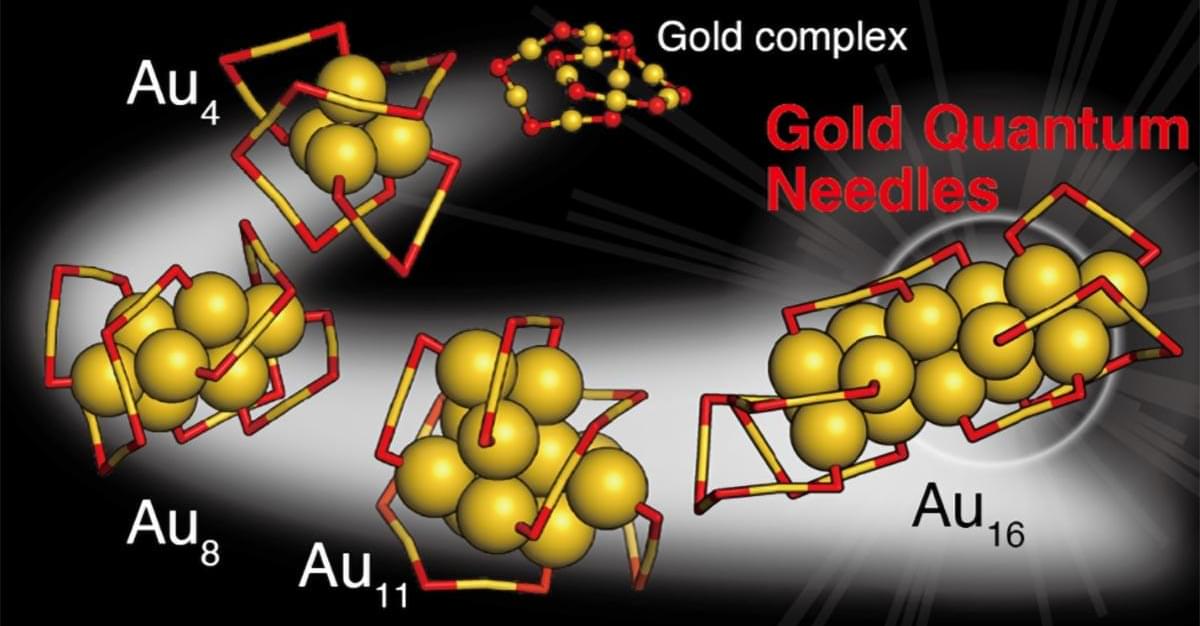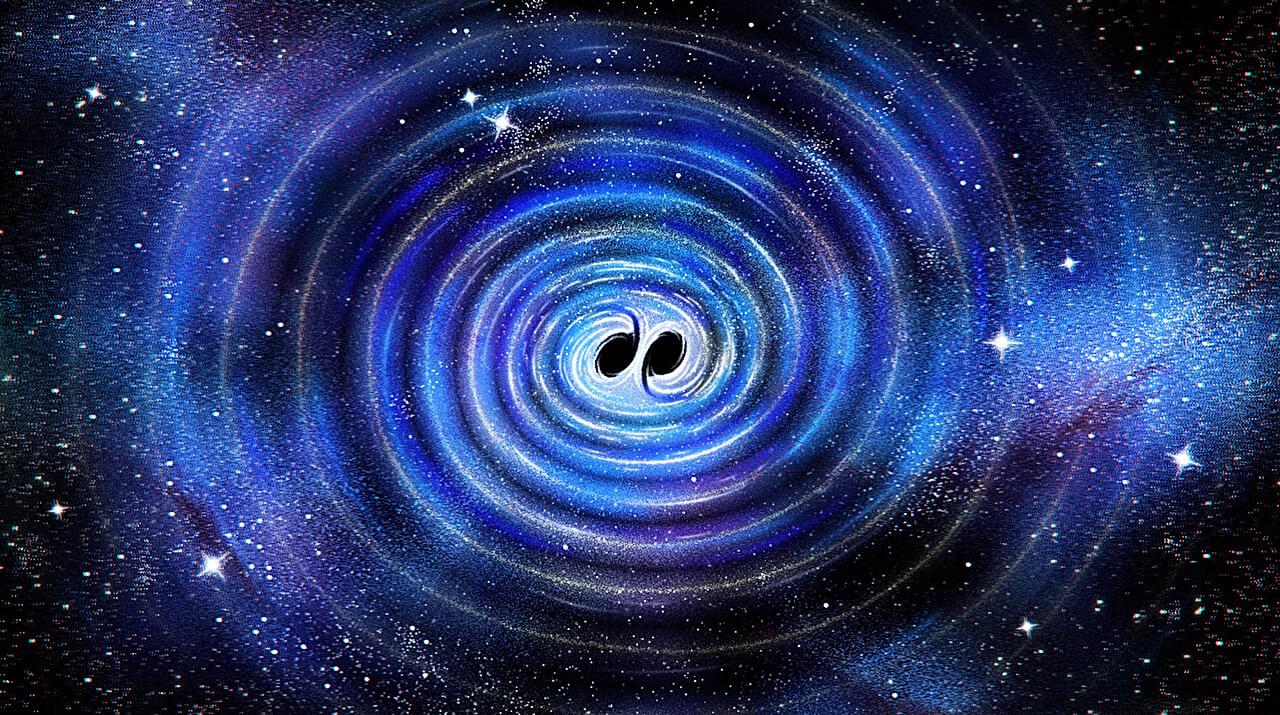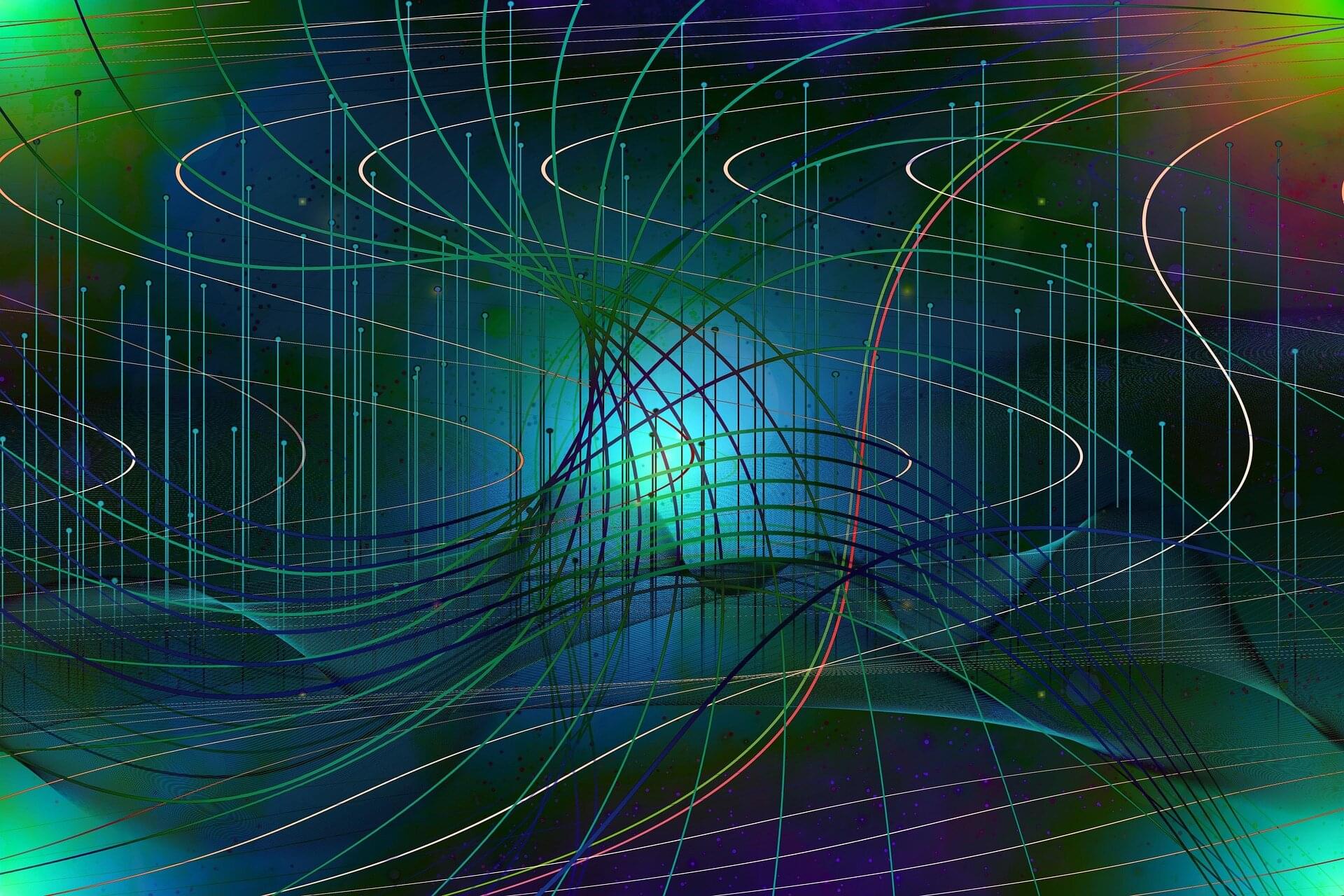Researchers at Hiroshima University have developed a realistic, highly sensitive method to detect the Unruh effect—a long-predicted phenomenon at the crossroads of relativity and quantum theory. Their novel approach opens new possibilities for exploring fundamental physics and for developing advanced technologies.
The work is published in Physical Review Letters on July 23, 2025.
The Fulling-Davies-Unruh effect, or simply the Unruh effect, is a striking theoretical prediction at the profound intersection of Albert Einstein’s Theory of Relativity and Quantum Theory.

